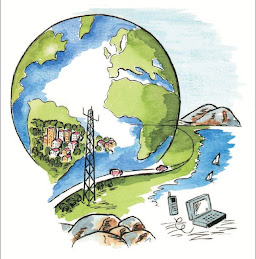Remote Procedure Call Terminateed Problem and its solution
Most of the PC these days infected with RPC error messgae that shutdowns system.
Following is the cure:
Proposed by :
Muhammad Usman ALi
In folder options do the following:
Show hidden files
Un-check the option of hide extension of known file types.
Un-check the option of hide protected system files.
Now click start menu and click search, click all files and folders. Click “more advanced options” make sure that following options are checked:
Search system folders.
Search hidden files and folder.
Search subfolders
Now follow the procedure mentioned below for files:
1- killer
2- smss
3- Isass
4- Funny scandal
Procedure:
Type one of the above mentioned names in search text box and click search, all files which have appeared with 225 Kb size and are not in system32 folder are suspicious and potential virus.
For example you have typed “killer” in search text box. Files with killer.exe names will appear which are viruses, now right click on this file and change its extension from “.exe”to “.txt” double click on this file it will be opened in text file. Now delete some of the text from this text file from start and some from the end. Save as this file with name e.g “killer.txta”.
In the mean time virus would have created killer.exe again in the same directory. Now change the extension of this killer.exe to killer.ex and change the extension of file “killer.txa.txt”
(file that you have created) to “killer.exe” (you must do it ASAP, before killer.exe is created again by virus).
Follow this procedure for all these files, this will corrupt the virus, but don’t change any file in system32 folder.




